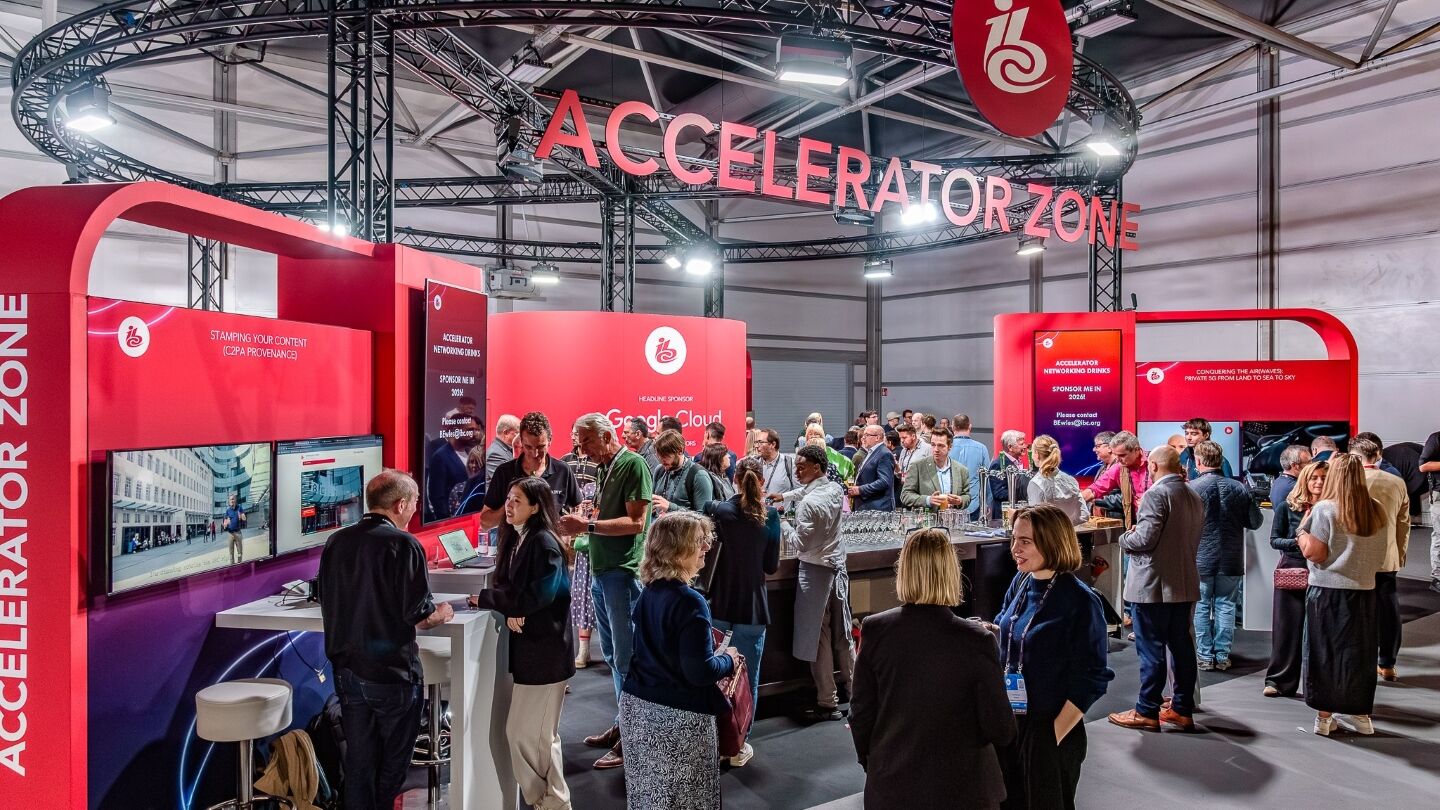The Gallery Agnostic Live Media Production project is one of the eight Challenges in the 2023 cohort for IBC’s Accelerator Media Innovation Programme. The project is championed by ITN, YLE, BBC, TV2, and TRANSMIXR, and the participants are Tinkerlist, Singular.live, Techex, Grass Valley and ZIXI.
The Challenge
The specific challenge as stated on the project site is:
Making live television and content should be more gallery and device agnostic, which will help the broadcasting adapt to budgets, technical possibilities and a variety of circumstances, like a sudden change in venue or location.
Important is the ability for producers & editors to control a variety of devices, tech stacks, … from one common interface. This will allow for easy adaption to venue-changes, OB-truck interface and help producers to adapt to different budgets, types of shows etc…
You are not signed in
Only registered users can read the rest of this article.

Securing the media supply chain: Protecting trust from lens to cloud
Today’s rapidly evolving media production technologies have enabled a new wave of creative workflows. With them comes a tsunami of corresponding infrastructure vulnerabilities.

From broadcast to braincast: A new frontier for AI-powered advertising
From neural interfaces to adaptive AR, brands may soon be capable of delivering messages that respond to real-time brain activity – creating powerful opportunities for engagement, but also raising critical questions about ethics, privacy, and trust. David Howell reports.

Can genAI unlock ad revenue for cash-strapped broadcasters?
The first AI-created adverts are coming to TV as broadcasters look to compete with social media. ITV and Channel 4 explain why they are now scaling up.

5G in broadcast: Standalone capacity to expand broadcasters' horizons
After a few years of stagnation, there are indications that 5G could soon begin to realise its considerable potential for live broadcast, writes David Davies.

Content Everywhere companies drill down on agentic AI
This year’s IBC saw plenty of discussion about the practical applications of generative and agentic AI. This was particularly evident on the AWS stand in Hall 5, where a third of the demos by partner companies were described as agentic AI-driven. This month’s issue provides Content Everywhere companies with the opportunity to explain where and how they are using agentic AI, and how they see it evolving in future.



